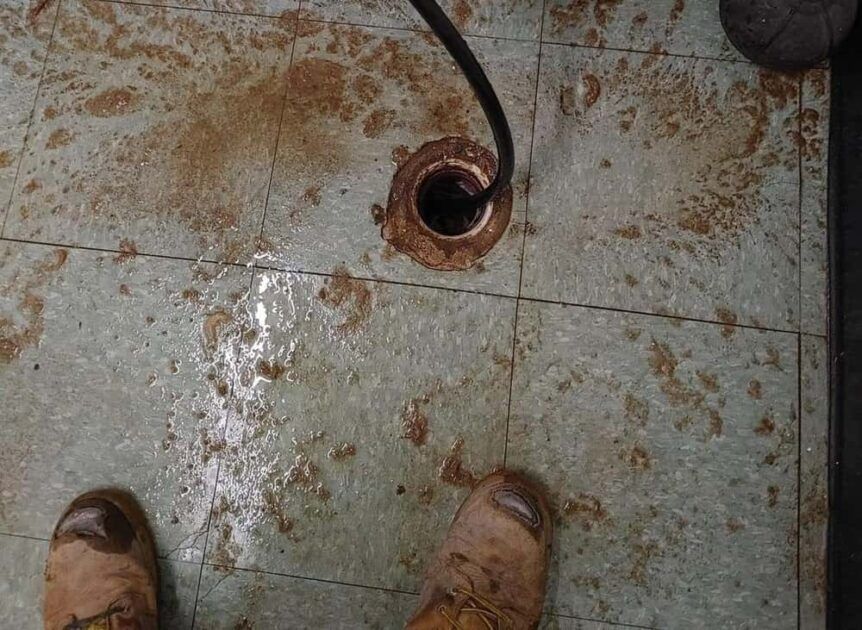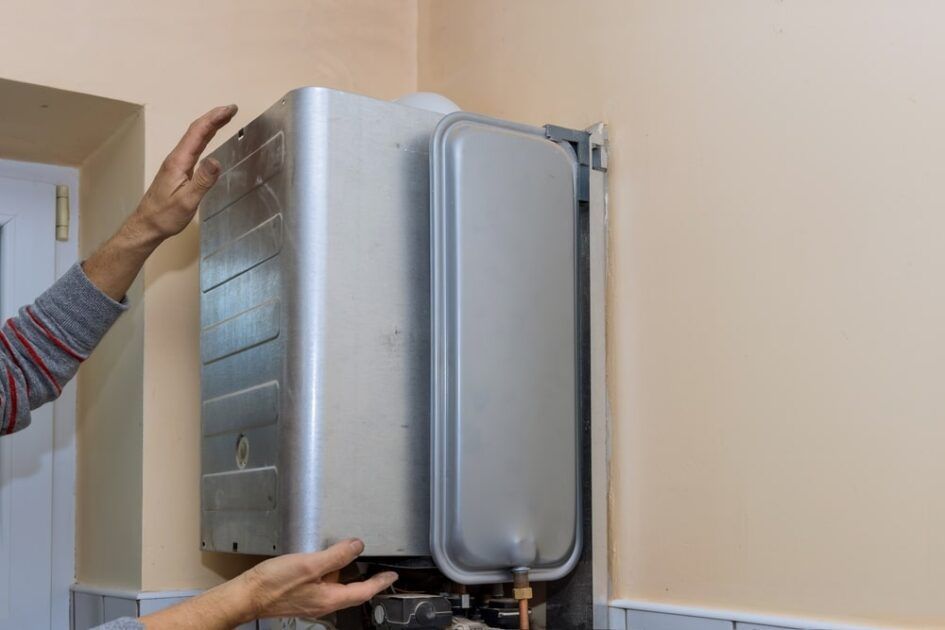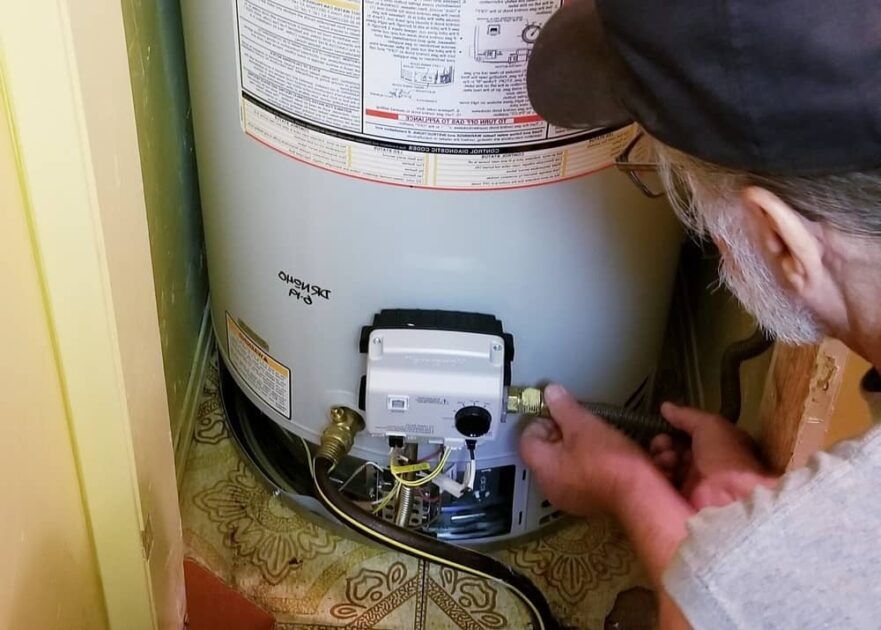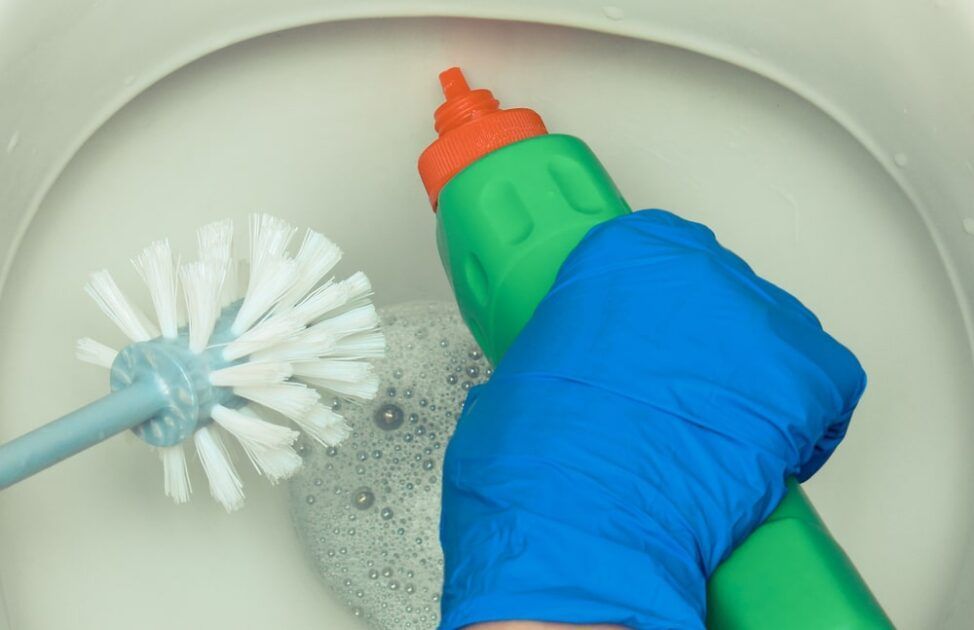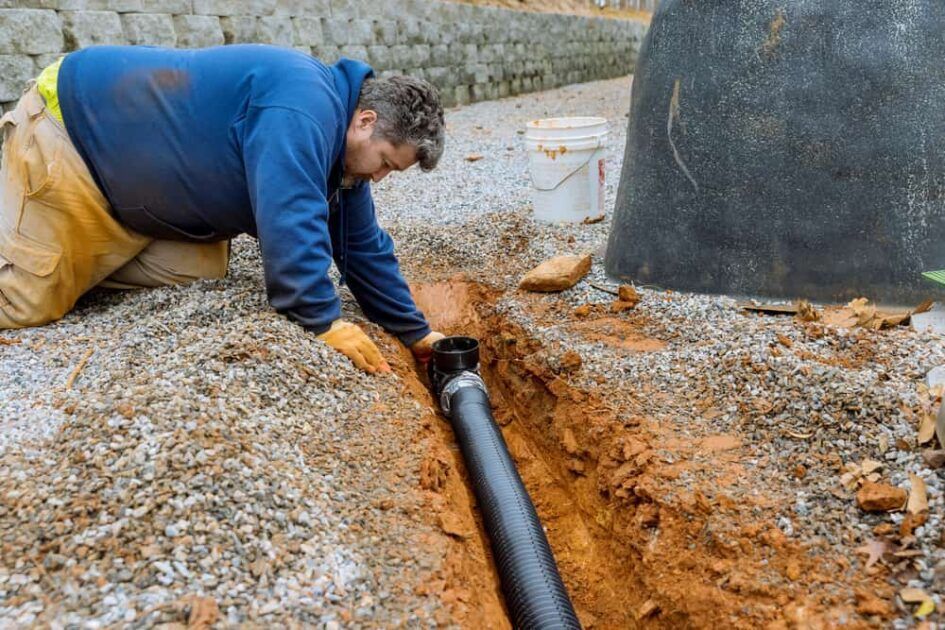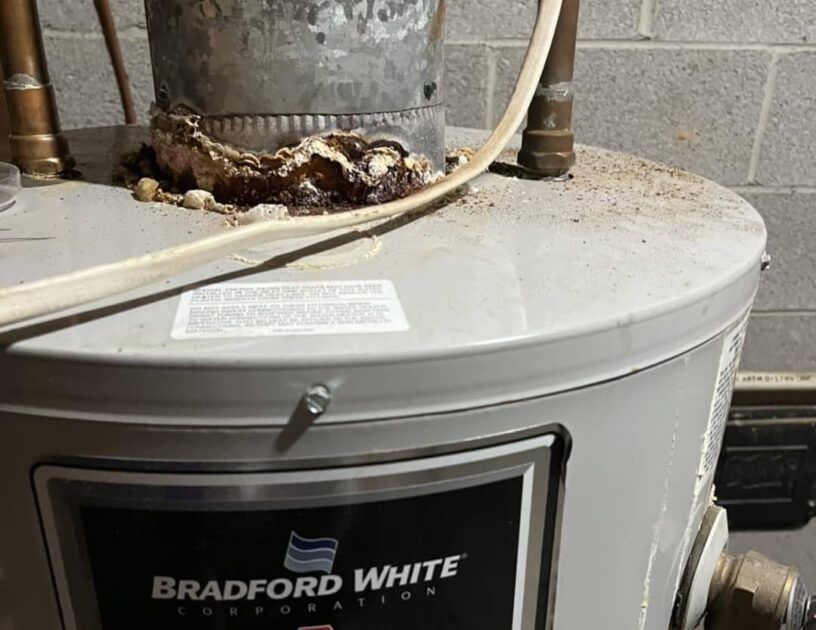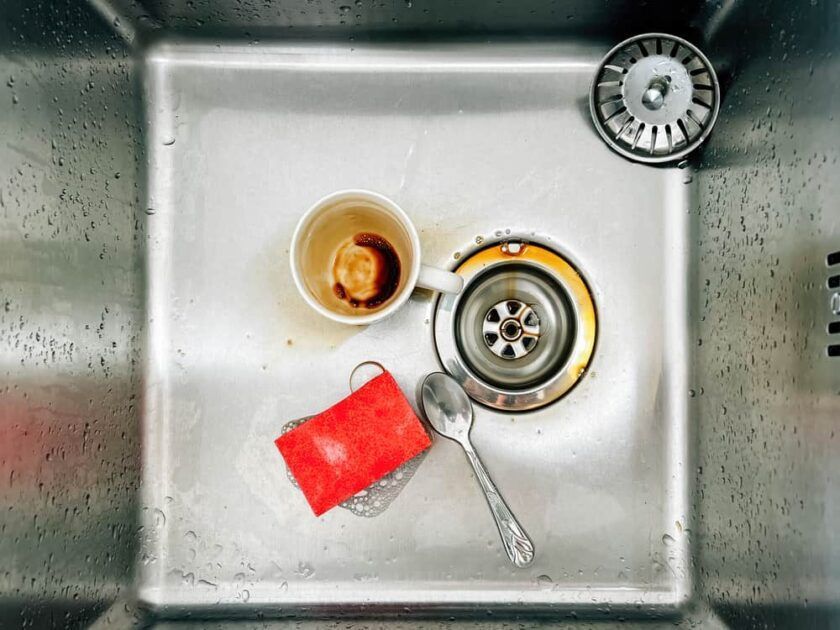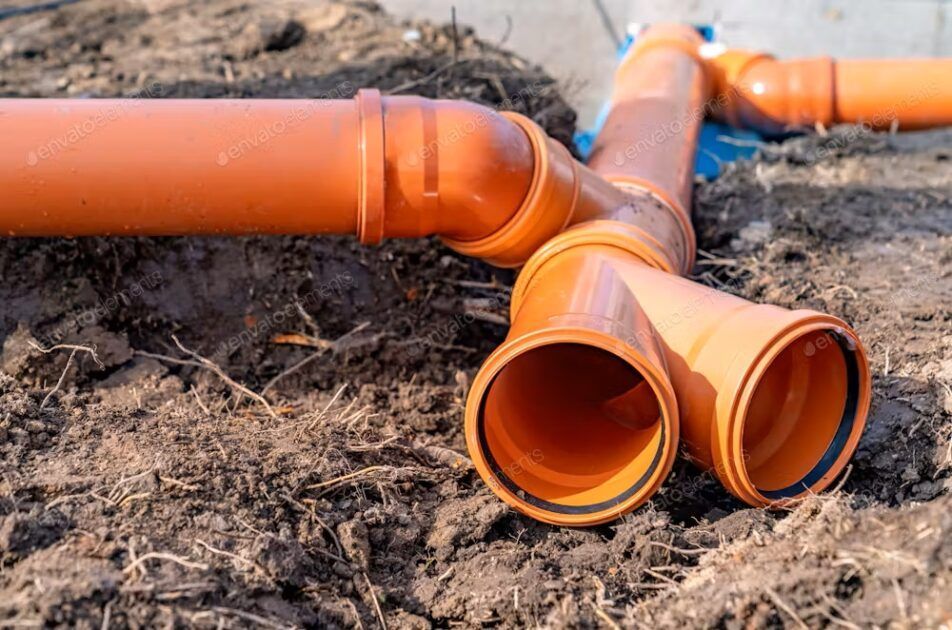6 Effective Solutions for a Kitchen Sink That Won’t Drain
Cooking can quickly become tedious when your kitchen sink refuses to drain. If you’ve ever wondered, “Why is my sink not draining?” you’re not alone. Fortunately, you don’t need to hire a plumber to clear your kitchen sink. This all-inclusive blog will show you six simple, efficient ways to do it.
Understanding Why Your Kitchen Sink Is Not Draining
Before diving into solutions, it’s essential to understand the possible causes of your kitchen sink not draining. Common culprits include:
Food scraps and grease:
Clogs can occur due to grease and food residue buildup in your pipes.
Foreign objects:
Small items like bottle caps or cutlery that fall into the washbasin can block the drain.
Soap scum:
A tough obstruction forms when soap residue combines with hair and other particles.
Mineral buildup:
Mineral deposits from hard water can restrict your pipes over time, causing a blockage.
Now that we know the causes of your kitchen sink blockage, let’s look at six expert drain unclogging techniques often used by plumbing professionals.
1. Boiling water
Sometimes the simplest solution for a kitchen sink not draining is the best. This method is most effective if soap or grease buildup is causing the blockage.
How to Do It:
- Boil a pot of water.
- Pour the hot water straight down the drain.
- Give it a few minutes to see if the water drains.
Why It Works:
Boiling water can remove grease, soap scum, and other minor obstructions in your pipes. It’s a quick, straightforward first step before trying more complex techniques.
2. Baking Soda and Vinegar
Combining vinegar and baking soda creates a powerful natural cleaner for a kitchen sink that won’t drain.
How to Do It:
- Pour about half a cup of baking soda down the drain.
- Add half a cup of white vinegar.
- Cover the drain with a stopper or cloth to contain the reaction.
- Let it sit for 15 minutes.
- Flush with boiling water.
Why It Works:
The chemical reaction between vinegar and baking soda can dissolve small obstructions and break down organic materials. This eco-friendly technique works well for minor blockages and routine maintenance.
3. Plunger
Your trusty plunger can be handy when the kitchen sink refuses to drain.
How to Do It:
- Remove any standing water from the washbasin.
- Place the plunger over the drain.
- Ensure the sink has enough water to cover the plunger’s cup.
- Plunge forcefully for 20-30 seconds.
- Check if the water drains.
Why It Works:
The suction created by plunging can dislodge food residue and other material stuck in the drain. This method is effective for mild to moderate blockages.
4. Plumbing Snake (Drain Snake)
If the plunger doesn’t work and your sink still won’t drain, a plumbing snake might help.
How to Do It:
- Insert the snake into the drain.
- Turn the handle to advance the snake further into the pipe.
- Spin the snake when you encounter resistance to break up the clog.
- Pull the snake out and pour warm water down the drain.
Why It Works:
A plumbing snake can reach deep into the pipes to remove and dislodge more stubborn blockages.
5. Remove and Clean the P-Trap
If none of the above fixes work, the clog might be in the P-trap, the curved pipe under your sink. Consequently, cleaning it out could resolve the issue.
How to Do It:
- First, place a bucket beneath the P-trap to catch water and debris.
- Next, unscrew the connections securing the P-trap.
- Then, remove the P-trap and clean out any debris.
- After that, rinse the P-trap with water.
- Finally, reassemble the P-trap and check if the sink drains correctly.
Why It Works:
The P-trap often collects debris. Therefore, manual cleaning can remove obstructions that other clearing techniques might overlook.
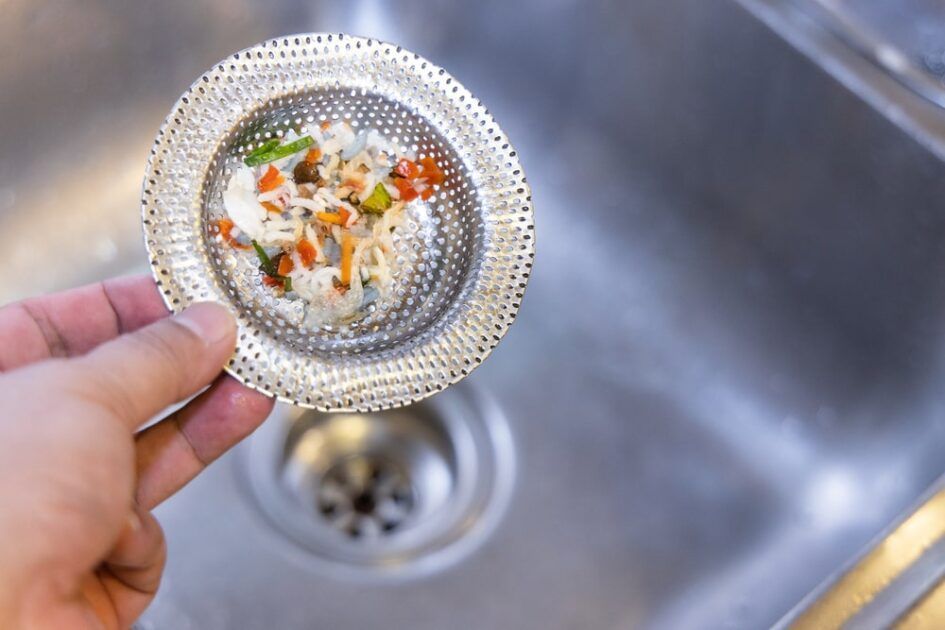
6. Call a Professional Plumber
If you’ve exhausted all these solutions and your kitchen sink is still not draining, it may be time to contact a licensed plumber. Our Edwardsville drain cleaning experts have the expertise to handle more severe clogs and underlying issues.
Why It Works:
Professional plumbers can identify problems that DIY solutions can’t address. They can also inspect your plumbing system for damage or other significant issues causing the blockage.
Preventing Future Clogs
After resolving the current clog, consider these tips to prevent future kitchen sink blockages:
- Avoid pouring oil or grease down the drain, as these materials can solidify and cause obstructions.
- Use a drain guard to catch food scraps and other debris before they go down the drain.
- Regularly clean the drain with hot water to keep everything flowing smoothly.
- Use baking soda and vinegar to clean your sink periodically to prevent buildup.
Keep Your Sink Flowing: Final Tips and Insights
From boiling water to hiring a licensed plumber, a wide range of treatments is available for different clog levels. By understanding why your kitchen sink won’t drain and how to fix it, you can keep your kitchen running smoothly and prevent future clogs. Furthermore, regular maintenance is crucial; therefore, use these tips to keep your washbasin in top condition.
Plumbing snakes, plungers, baking soda and vinegar, and P-trap cleaning are just a few methods Rooter-Man Plumbers use to unclog kitchen sinks and resolve drainage problems.
The post 6 Effective Solutions for a Kitchen Sink That Won’t Drain appeared first on Rooter-Man Plumbers.
